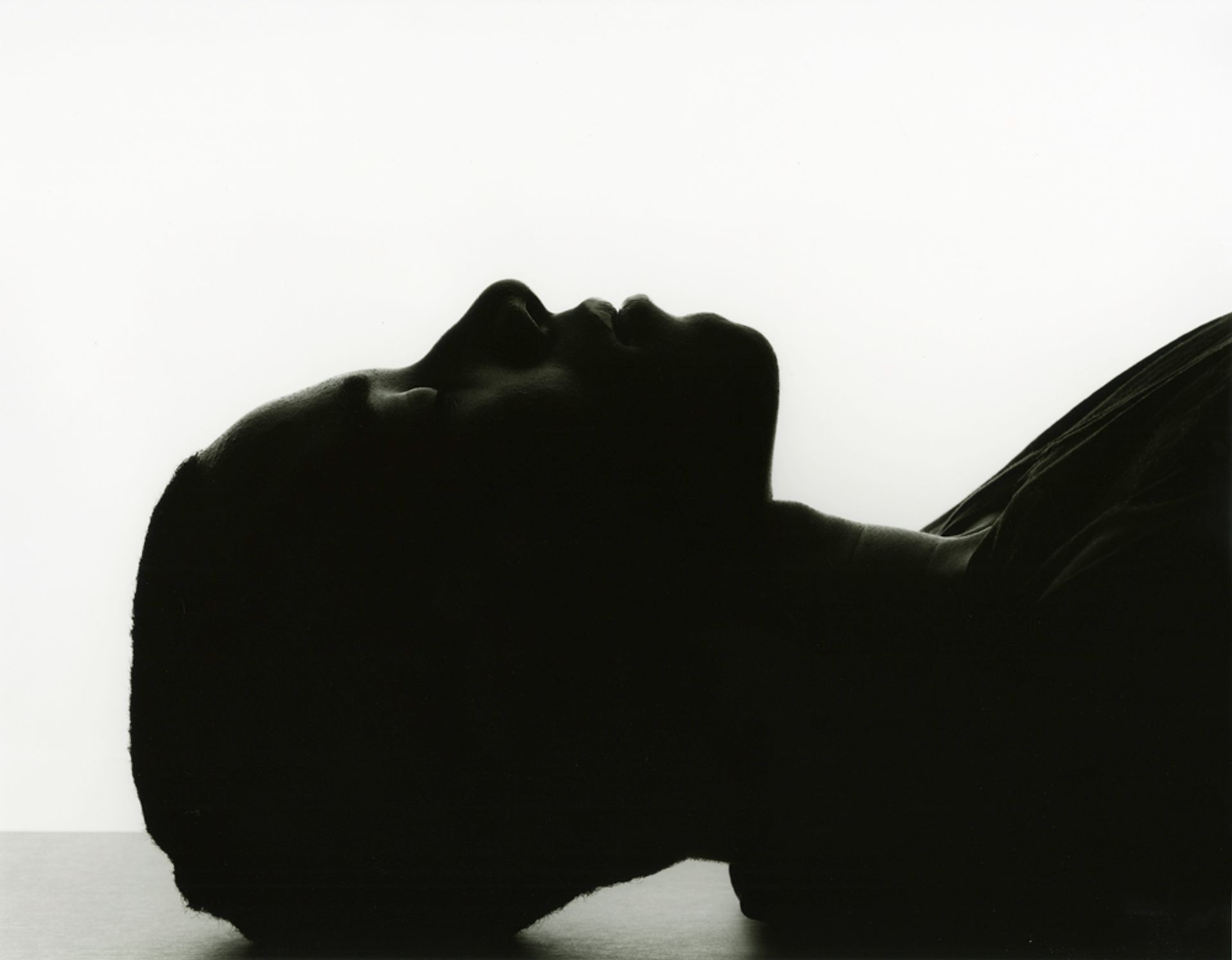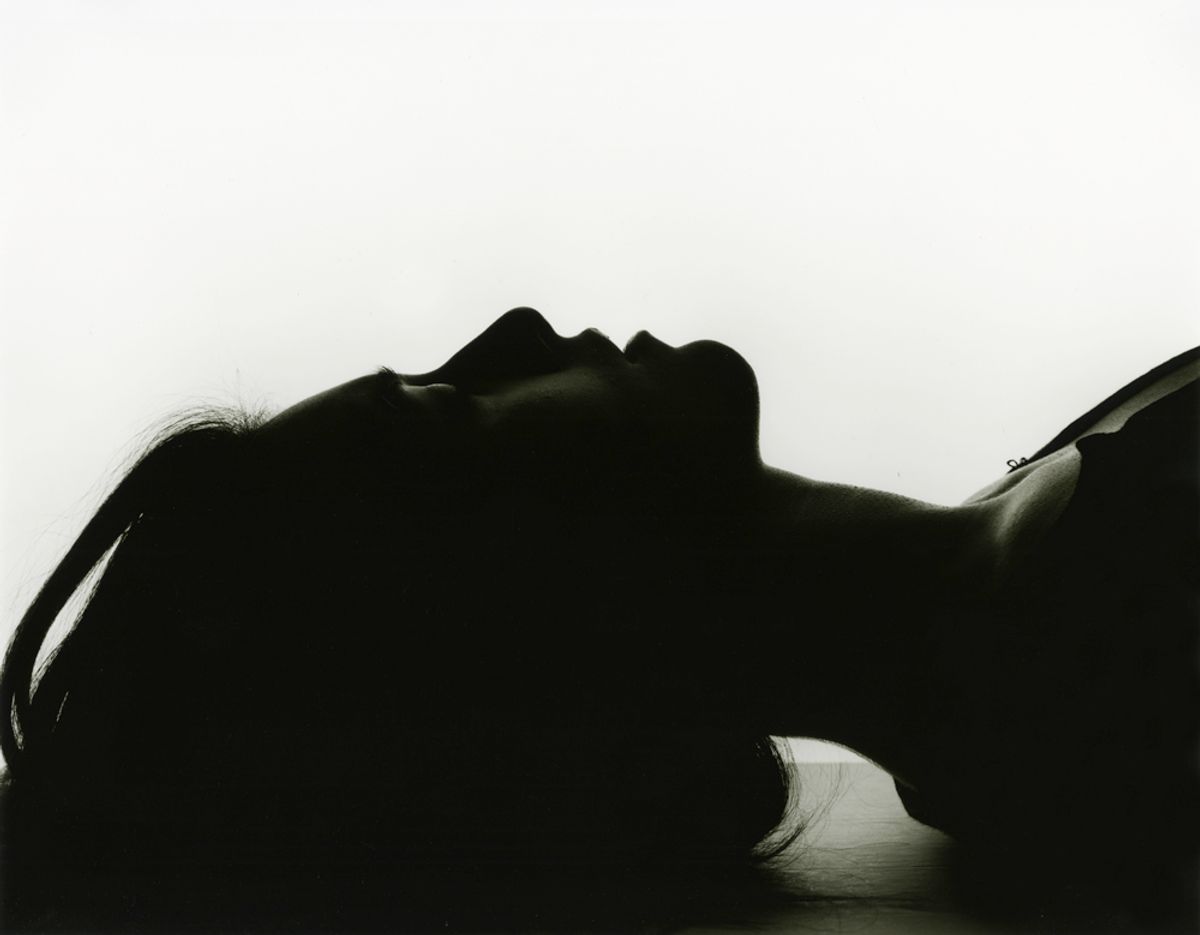As the New-York Historical Society’s first artist-in-residence, the London-based photographer Bettina von Zwehl gathered 24 students from New York City High Schools to pose for anonymous silhouettes. The series, titled Meditations in an Emergency, loosely represent the victims of the 14 February 2018 mass shooting at Marjory Stoneman Douglas School in Parkland, Florida. Yet the positions of the students’ bodies in the photos also recall the “die-in” protests held by student activists calling for stronger gun control laws in the US. To reinforce this, outside of the exhibition on the museum’s second floor (unitl 29 April), there is a slideshow of activists holding signs with phrases such as: “Enough is Enough”.
“It was really important to balance the idea of a memorial with the force of that teen movement,” von Zwehl says. “And to leave the view of some sense of hope at the end.” While the form is inspired by portraits of anonymous Americans in the New-York Historical Society’s archives by the 19th-century artist Benjamin Tappan, the series largely came out of von Zwehl’s disillusionment with the zealous culture surrounding gun ownership. The series title is taken from reports by teachers in America declaring a state of emergency after the Parkland shooting as well as a book of poetry by Frank O’Hara.

High school students from across the Washington, DC area hold a “die-in” in front of the White House to protest gun control laws Credit: Joseph Gruber/Alamy Live News
Von Zwehl grew up in Germany, where “it’s just a completely alien concept, the possibility of owning a gun,” she says, adding that since she has a daughter, “I’m also looking at this from a mom’s point of view.” This personal connection might be why the images include small details that make the subjects achingly familiar and real: one student wears a hood, another has a strand of hair out of place, others wear dainty necklaces.
With the anniversary of Parkland this week, the exhibition also raises the question of how artists and museums can address gun violence. More than 12,000 people were killed as a result of gun violence in 2018 in America, 68 of them in mass shootings, according to the Washington Post. Artists have not shied away from responding to such events, as seen in a recent exhibition of portraits of the 58 victims of the mass shooting in Las Vegas at the Route 91 Harvest Festival, created by artists from Greece to Peru and displayed at the Nevada city's Clark County Government Center. But some institutions have self-censored, such as the Smithsonian Hirshhorn Museum and Sculpture Garden, which pulled a projection of a gun and a candle by artist Krzysztof Wodiczko from display on the façade immediately after the Parkland shooting, out of sensitivity to the victims. One critic chastised that decision, arguing that in a society that idolises guns, presenting an art work that takes a critical look at America’s reverence of such weapons is especially important. (The Hirshhorn soon after rescheduled the projection.)
For her part, Von Zwehl sees her work as a way to keep the issue at the front of visitors’ minds. “I hope [the show is] something that you don’t just see and forget,” von Zwehl says. “I hope it’s something that people will remember.”

Bettina von Zwehl Meditations in an Emergency, #5 (2018) Courtesy of the artist


